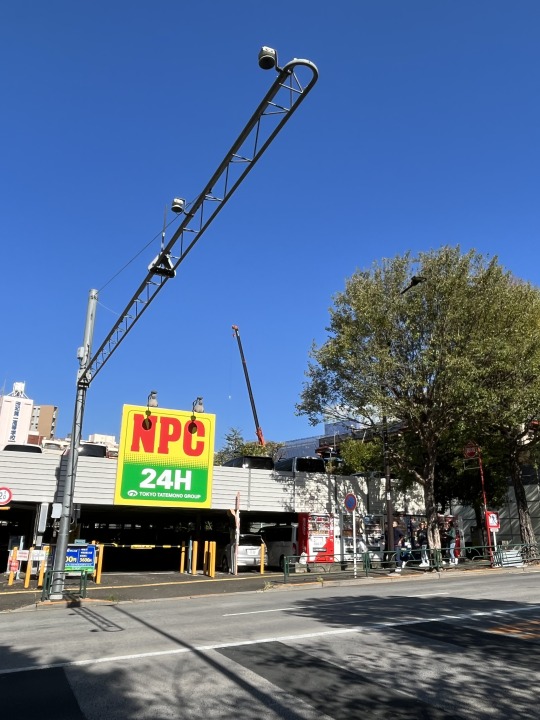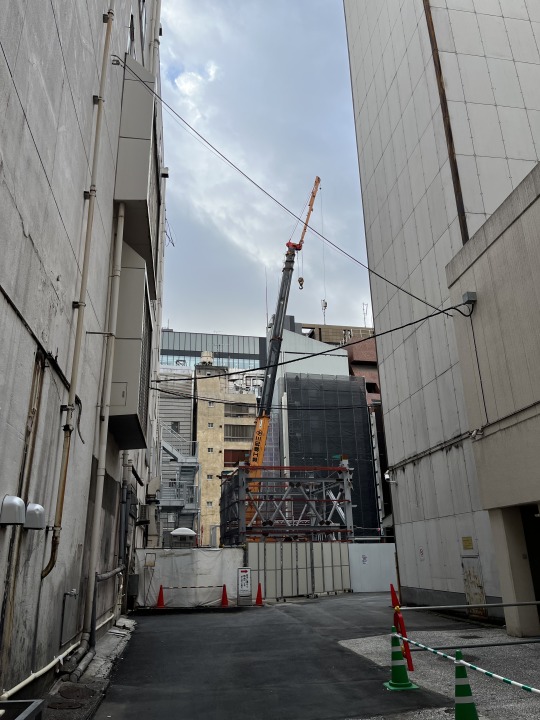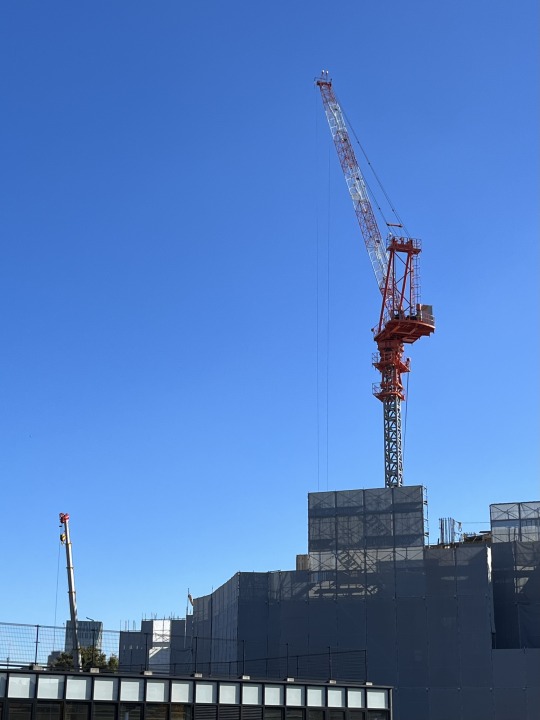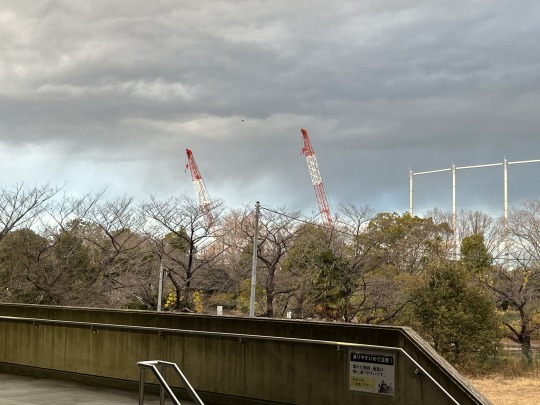#Heavy equipment
Explore tagged Tumblr posts
Text

#heavy equipment#bro#brother#bearded stud#bearded bro#bearded brother#blue collar#blue caller brother#blue collar stud#construction worker#worker#builder#hard hat#butch#masculinity#masculine#tough guy#tough#macho stud#macho#boss#real man
276 notes
·
View notes
Text
youtube
Windfallswest over on AO3 linked this in the comments of The Olive Harvest, 2023 and I can't stop laughing. They called it the "mobile tree carwash" but I think of it as the TREE SNUGGLER.
[ID: A video set to music with narration about the machine being shown; it is a "high density olive harvester" which looks like a large tractor. The tractor is designed as a tall arch and rolls directly "over" the olive trees, pulling them gently into a carwash-like interior which shakes the olives free and collects them all at once. It also shows how the belts clean the olives and convey them to a hopper.]
97 notes
·
View notes
Text







Patriot Marine Dredging Project at Cove Island Park Marina. 44°. 6:30 to 6:45 am. October 15, 2024. Stamford, CT (@dkct25)
#daybreak#twilight#Cove Island Park#stamford#Original Photography#Photographers On Tumblr#dredging#dredge#barge#heavy equipment#marina#cove
43 notes
·
View notes
Text

The Navajo Dam was the first (and last) all-glass dam. It was decommissioned in 1971 because of the rising cost of Windex.
Saturday Evening Post - November 8th 1958
#1958#bulldozer#heavy equipment#construction#vintage ads#vintage ad#advertising#advertisement#1950s#1950s ad#1950's#1950's ad#funny#humor#humour
12 notes
·
View notes
Text



Celebrating Labor Day_2
#labor day#work#muscle#construction worker#tools#power tools#heavy equipment#male beauty#natural build
60 notes
·
View notes
Text

Siamese'd Caterpillar D9's. Two dozers, one blade, one operator. Used mostly in mine reclamation work.
77 notes
·
View notes
Text

Kress slab carrier
99 notes
·
View notes
Text


もっともっと空をみて🌌‼︎!




























秋から師走のクレーン群🏗️ 2023/10〜12
銀座、明治神宮、渋谷、赤坂、池袋、芝公園、水道橋、丸の内、世田谷、神宮前、等々力緑地、富ヶ谷、西麻布…
Please look at the sky more and more!
#cranes#クレーン#Heavy equipment#construction site#under construction#tokyo#blue sky#bluesky and clouds#tokyo tower
14 notes
·
View notes
Text

Drill May 2024 | Knoxville, Tennessee Digital
#photography#black and white photography#urbanphotography#bw photography#streetphotography#street photography#black and white#heavy equipment#drill#excavator#construction#tube
8 notes
·
View notes
Text

Liebherr 966 crawler excavator
#heavy industry#heavy equipment#excavator#machines#machinery#vehicle#construction#mining#bucket excavator
18 notes
·
View notes
Text

#hi vis workwear#hi viz#hard hat#masculine#masculinity#heavy equipment#macho#macho stud#real man#tough guy#bearded stud#blue caller brother#blue collar#workie#worker#construction worker#builder#construction workers#construction#construction site
55 notes
·
View notes
Text

10 notes
·
View notes
Text





Dredging Marina. 5:31 to 7:12 am. 59° F. October 24, 2024. Cove Island Park. Stamford, CT (@dkct25)
#daybreak#twilight#Cove Island Park#stamford#Original Photography#Photographers On Tumblr#dredging#heavy equipment#morning#dawn#fall#autumn#fall colors
39 notes
·
View notes
Text

Also known as the Finger Remover.
1904
22 notes
·
View notes
Text
Heavy Equipment for Sale
We sell a variety of excavators, not limited but including:
Crawling Excavators,
Wheeled Excavators,
Skid Steer Excavators,
Backhoe Excavators,
Long-Reach Excavators,
Dragline Excavators, and
Suction Excavators.
To name a few examples. Contact us to discuss your excavator needs.
#Equipment Dealer in Dallas#Equipment for sale in Dallas#Forklifts for sale#Used forklifts for sale#Used Forklifts Trucks for sale#Equipment dealer#Equipment for sale#Selling Equipment#Selling Used Equipment#Used Equipment for sale#Heavy Equipment#Construction Equipment Dealer#Sell Construction Equipment#Tractors for sale#Sell Used Equipment#Sell Equipment Near Me#Sell Used Equipment Near Me
2 notes
·
View notes
Text

49 notes
·
View notes